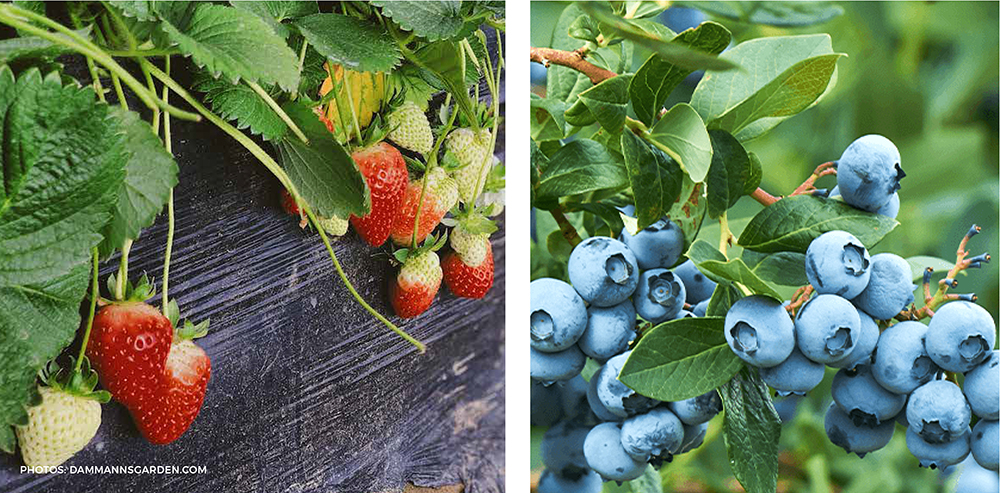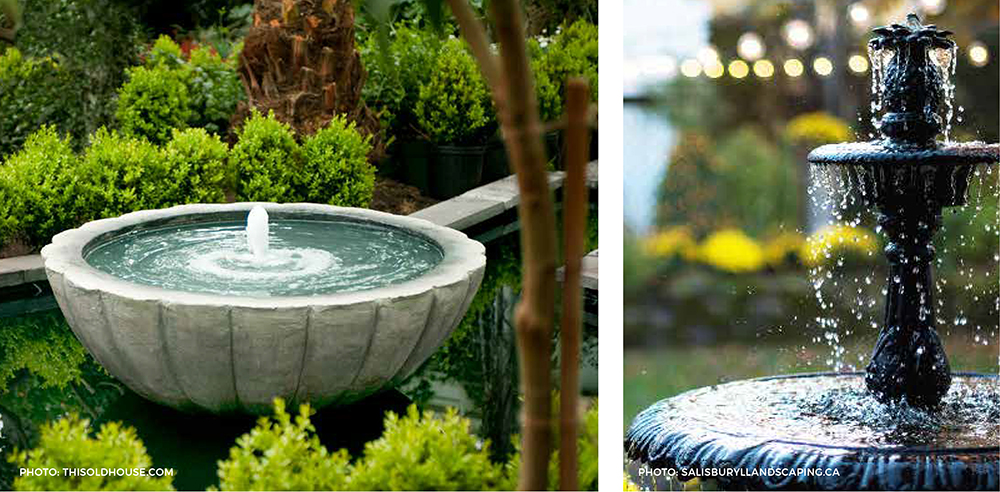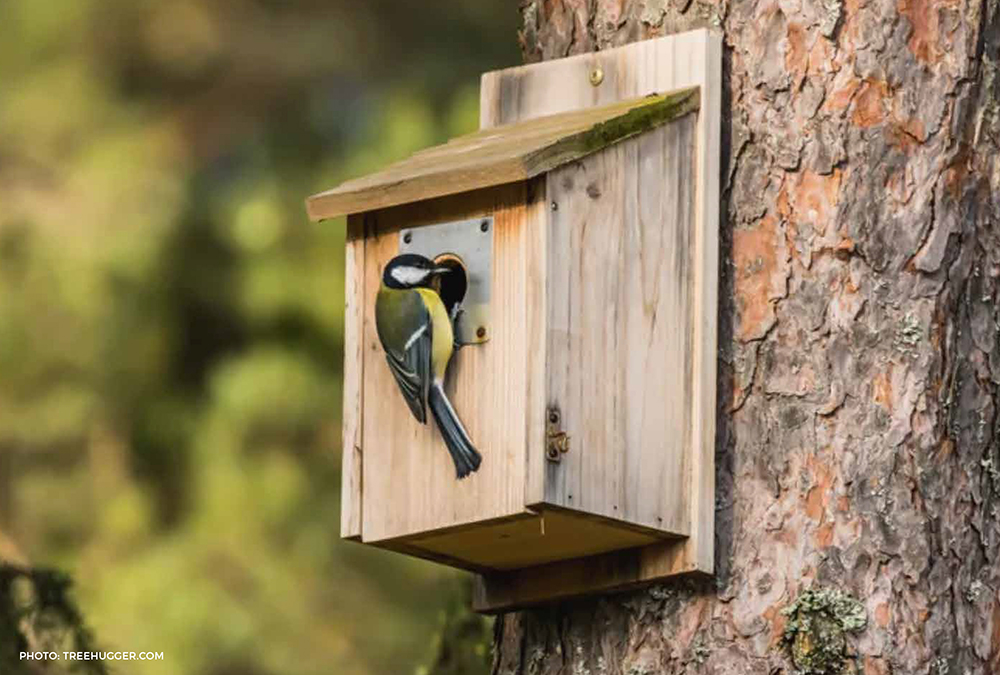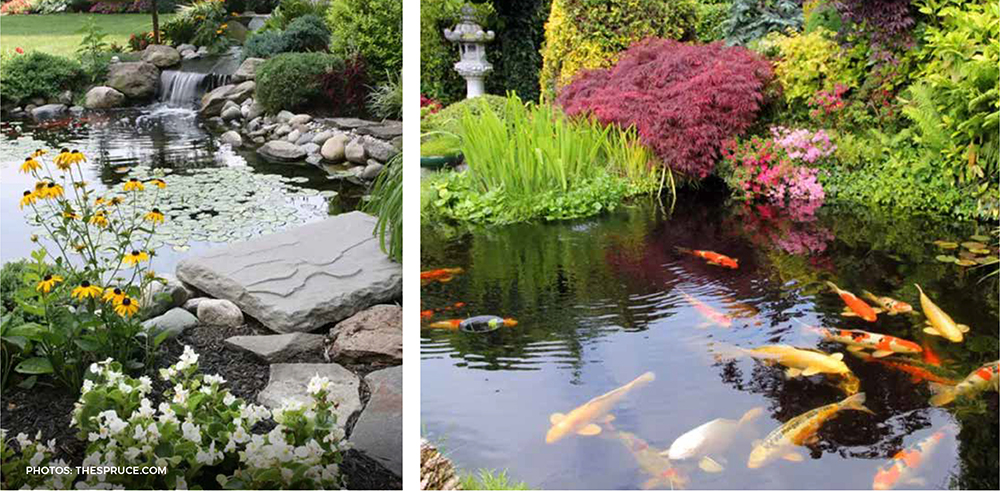POSTED 04.04.23
LIVING IN HARMONY WITH NATURE
The Conservatory Group has been "Building a Better Future Today" for over 50 years, and today we encourage homeowners to become more conservation-minded and help create a more sustainable future. By adopting a more sustainable wellness lifestyle, we can create beautiful outdoor spaces while preserving wildlife. Below are 4 ways to make your outdoor space wildlife friendly, and live in harmony with nature:
TIP 1
PROVIDE FOOD
PROVIDE FOOD
Like you, hummingbirds, bees and butterflies need to eat. They can make your garden thrive while controlling pests by eating certain insects. Native plants provide nourishment in the form of foliage, nectar, pollen, berries, seeds and nuts. Feeders supplement natural food sources. Simple start: Plant a shrub that flowers for pollinators and produces berries for birds and your favourite animals: such as marigolds, lavenders, sunflowers, foxgloves, daisies, honeysuckles, elderberries, coneflower, milkweed, and more.

TIP 2
OFFER WATER
OFFER WATER
Wildlife needs clean water for drinking, bathing and reproduction. Consider wildlife-friendly water features in your garden. Whether it is small or large, it will attract animals that will keep your backyard landscape looking beautiful. It can also be a delightful and mesmerizing centerpiece for your garden and a source of entertainment for your family and visitors. Your water features don't have to look like nature built them. There are many designs available to suit any garden style. Simple start: Add bird baths, bubbling rocks, solar fountains, rain gardens and puddling areas for butterflies, or simply put out shallow dishes filled with water.

TIP 3
BORN TO BE WILD - PROVIDE PLACES TO
RAISE YOUNG AND GIVE THEM COVER
BORN TO BE WILD - PROVIDE PLACES TO
RAISE YOUNG AND GIVE THEM COVER
Animals also need sheltered spaces to bear and rear their offspring. And your garden can offer the right
place for cover and double as ‘offspring havens’.
For protection from predators and harsh weather, wildlife visitors need places to take cover. Establish a
shelter in your garden that attracts migratory or native wildlife, while providing an environment for your
garden to thrive. Simple start: Plant large, natural-shaped shrubs and/or trees; or provide man-made
products such as bat boxes, owl boxes, bird houses; or natural settings such as rock walls, and wildflower
meadows. Create nooks and crannies using stacked logs that provide shelter for everything from insects
to small mammals. Even aquatic or amphibious creatures will feel safer if they have secluded areas to
hide and rest.

TIP 4
GO GREEN AND LOOK BEAUTIFUL
GO GREEN AND LOOK BEAUTIFUL
How you maintain your garden can affect the health of the soil, air, water, and vegetation that both wildlife and humans depend on. First, eliminate use of chemical fertilizers and pesticides. Composting, mulching, reducing the amount of turf grass in your yard, or adding a small pond feature are among the sustainable ways to conserve, protect natural resources, and provide homes for wildlife. Simple start: Consider adding a backyard pond as a great way to eco-up your home. Not only does it look beautiful, but it also provides a variety of benefits for kids and families to play and explore, and help improve the quality of your yard. Watch the fish swim, or frogs jump, butterflies hover, and discover all kinds of interesting plants and wildlife while having your backyard looking beautiful.

There are many nature-friendly habits as a homeowner you can do to protect your gardens and preserve wildlife. And with the tips above, you can create a beautiful and thriving garden or backyard that is the right addition to your home. Whether you’re looking for a peaceful place to relax or an exciting habitat for wildlife, your home could have something for everyone and every living thing. So why wait? Start planning your nature builds today!
